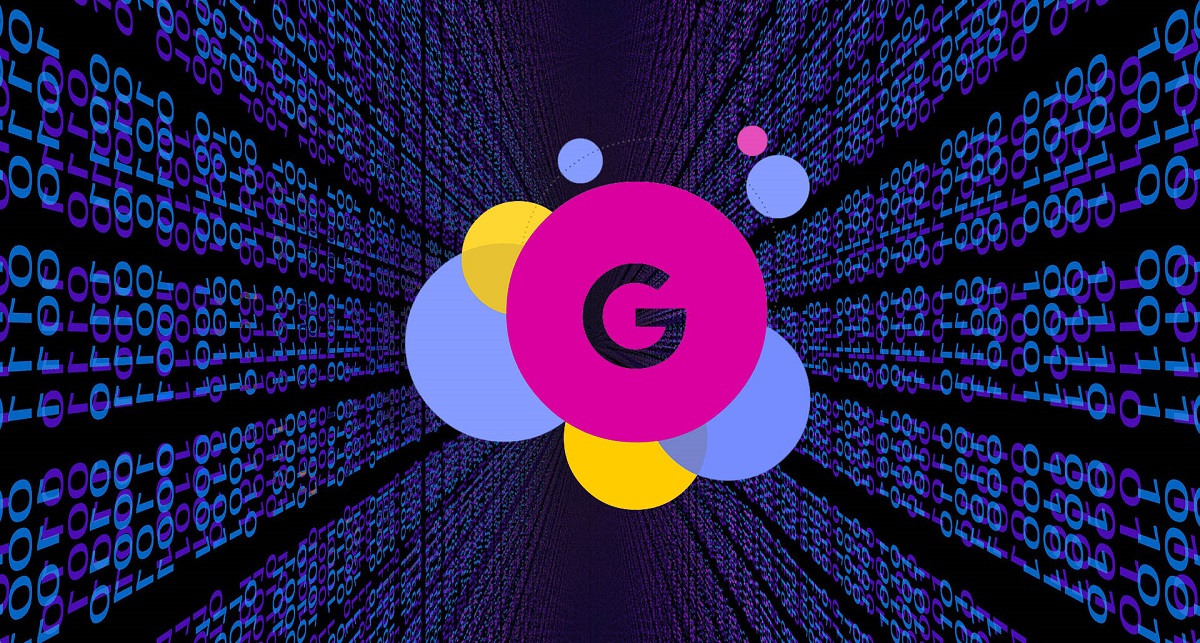
Google is an expert when it comes to big data. This is evident in their development of various techniques and open source tools which are used by the big data industry professionals. These tools and technique allow Google to sift through millions of different websites and enormous amounts of data in order to provide users with correct answers in a matter of milliseconds. But how does Google accomplish that with such precision? To answer that, we need to focus on the complex activities that go on behind every search query.
Entering the search query
Google has always wanted to make a search engine which is able to not only think like a human being but also has the capabilities to fully understand a given phrase and determine the exact goal behind an individual search query. And they have accomplished this with the use of semantics, which analyzes not only the meaning behind words but also the relationships that connect them in order to provide the best possible answer every time a search query is made.
Analyzing the search query
All search results come from two main sources: Indexed Pages and Knowledge Graph Pages. Indexed pages represent a collection of web pages which are stored and ready to respond to a specific search query. Knowledge Graph Pages describe a database which has the ability to distinguish between phrases and words with different meanings and figure out the relationship said phrases and words have to each other. Google analyzes two distinct aspects of a phrase:
1. Literal search – where the search engine looks for an exact match for the part of the phrase, or the entire phrase. Once the root of the search is found, it gets examined and further expanded upon in order to find the best possible results.
2. Semantic search – where the search engine tries to better understand the context behind a phrase by cross-referencing language and terms with the Knowledge Graph database. This allows it to provide the users with a direct answer which contains information specific to the search query.
As most IT consulting companies point out, the Semantic search is particularly important, as it not only finds the right keywords but also determines the contextual meaning and the intent behind the words used in a search. Intent has to clearly state what the user is looking for, while context gives intent meaning. Only when combining the intent with context is a search engine like Google capable of fully understanding the specific queries and what is expected from them.
Understanding the search query
Google further breaks down the query by comparing it with the user’s Google+ account information and his or hers use of language and synonyms. The two main sources of information collected from Google+ accounts are their history and location info. Language is analyzed on a syntactic and semantic level, with each being handled by a separate algorithm. The syntactic algorithm predicts portions of the speech and their specific relationship in the search query, while semantic algorithm tags phrases with microdata and further compares them with the data in Knowledge Graph database. Synonyms are compared with petabytes of data in the form of historical search data and existing web documents in order to better understand their relationship.
On-site factors
There’s a number of different factors which influence the ranking of the search results. These include:
• Site structure relations, such as home page, the primary layer of subpages and their relationship with the home page and the secondary layer of subpages and their relationship to the primary layer.
• Page structure relations, like the titles, headings (H1, H2, H3…), meta descriptions, image title attributes and alt image attributes.
• Internal link relevance, which establishes the hierarchy via the related information found on the web pages.
• External link relevance, which analyzes links which lead from your web page towards a web page with high authority and similar topics.
• Schema.org, which offers an on-page vocabulary for pages to provide additional microdata tags. These microdata tags help the search engine define what particular content pieces mean more easily and allow for a more accurate return of the relevant search results.
The search results
With all these algorithms working in unison, Google provides us with a combination of results assembled from both the Index Pages and the Knowledge Graph database. The literal search results are displayed on the left side of the search engine results page, according to their specific ranking position and overall relevance. Knowledge graph results are always shown on the right side of the page. And finally, traces of semantics can be seen through the results with the use of synonyms in the rich results snippets.
Without a doubt, the search algorithms are slowly but surely shifting towards a language that is more spontaneous and natural. Even though keywords are still considered to be pretty important, they aren’t as important as they used to be. Now, the language we use every day is becoming vital in providing both the search engines and the users with the necessary information in order to produce the best possible results. And there’s no better way to do this than with the use of semantics in the search process.
